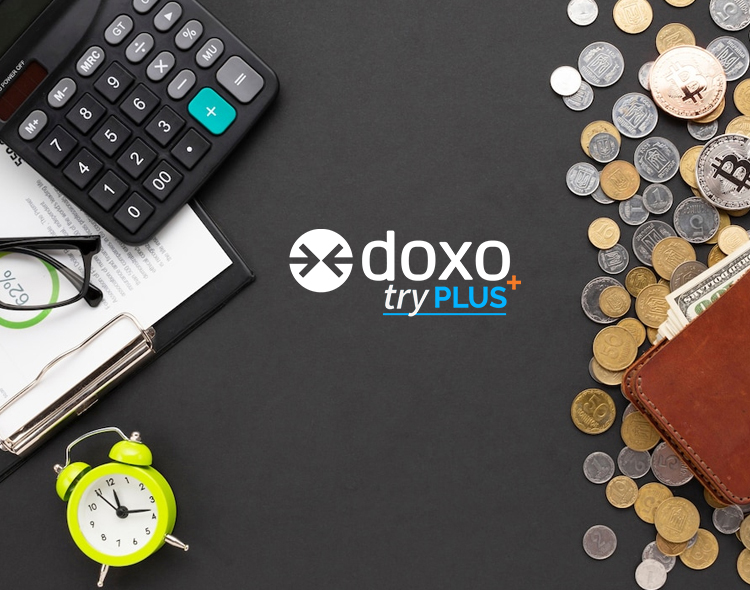A new report released by doxo reveals the relative stability of U.S consumer cable and internet spending, despite the overall rise of U.S. goods, services, and average consumer household expenses across the top categories. Seeing only a 1.7% increase from this time last year, doxo’s Cable & Internet Market Size and Household Spending Report for 2023 found that the 82% of U.S. households with a Cable & Internet bill spend $118 per month, or $1,416 per year – or $1,161* per year when averaging across all U.S. households.
Latest Fintech Interview: Global Fintech Interview with Paul Monk, Chief Executive Officer at Alpha Development
“doxoINSIGHTS’ Cable & Internet Market Size and Household Spending Report leverages our proprietary dataset to help Americans recognize how much their average monthly cable and internet bill compares to the rest of the country”
doxoINSIGHTS’ statistical analysis of actual household payments toward cable and internet bills across 97% of U.S. zip codes helped size the overall market. The report breaks out the household spending market size; percentage of households that pay each bill; and average monthly and annual bill pay costs by state, as well as the 50 largest U.S. cities (based on the number of households), and those cities with 40k or more residents. Key findings include:
- Total Market Size: $152 billion spent per year
- Average Monthly: $118 spent per month
- Percent of Households: 82% of U.S. households pay Cable & Internet bills
- Average Annual Cost per U.S. Household: $1,161 per year*
- Percent of Annual Income: Cable & Internet bills amount to 2% of consumers’ income per year
Compared with doxo’s 2022 analysis of the 147 billion Cable & Internet market (finding consumers pay $114 per month, $1,368 per year), Americans may see a slight increase in their cable and internet bills, due to hidden fees and lack of regulation from the government on local and national levels, allowing providers to control the rate increases. As more consumers choose to cut the cord and switch over to streaming services, the total usage of television watching dropped 5.1% since February 2023. As streaming services continue to pump out content and cable prices continue to increase, along with other household bills, the future of traditional television watching is waning with changing consumer behaviors and preferences.
“While there are indicators that the economy is starting to cool, recent doxoINSIGHTS findings reveal that 73% of Americans say inflation is impacting their ability to pay household bills,” said Liz Powell, Senior Director of INSIGHTS at doxo. “Our 2023 Cable & Internet Market Size and Household Spending Report provides consumers a snapshot of how their cable and internet bills may have changed from last year, providing a clear geographical breakdown for where these bills are the highest or cheapest – all while fostering a more educated and economically conscious bill payer.”
Read More About Fintech Interview: Global Fintech Interview with Michael Rangel, Founder and CEO at Novo
The FCC’s Investigation into Internet Data Caps and the Affordable Connectivity Program
As consumers continue to struggle with justifications for internet price increases, the FCC opened an investigation to understand how home internet plans are being impacted by data caps from major internet providers, along with trends in data usage. While the FCC has no formal plan in place to combat data caps, or the fees associated with overuse of data, internet access is fundamental in everyday life and grows with necessity each year. The FCC’s Emergency Broadband Benefit was launched to subsidize increased cable and internet use and corresponding bills. The Biden Administration has since extended this subsidy via the Affordable Connectivity Program, a $14 billion dollar program aimed at alleviating this hardship, with up to $30 per month toward internet service for eligible households (and up to $75 per month for households on qualifying Tribal lands), and a one-time discount of up to $100 to purchase a laptop, desktop computer, or tablet from participating providers if they contribute a set amount toward the purchase price. Given the average U.S. household spends $1,161 per year on cable and internet service, this assistance of up to $360 per year for each qualifying household to offset cable, adds up to a 31% savings for the average household cable.
“doxoINSIGHTS’ Cable & Internet Market Size and Household Spending Report leverages our proprietary dataset to help Americans recognize how much their average monthly cable and internet bill compares to the rest of the country,” adds Powell. “This report, alongside the plethora of data provided by doxo throughout the year, supports doxo’s ongoing mission to empower our consumer users, service providers, and financial service providers alike to make more informed decisions.”
Browse The Complete Interview About Fintech : Global Fintech Interview with Sankaet Pathak, CEO at Synapse
[To share your insights with us, please write to sghosh@martechseries.com]
